
Technical data of LED lamps
Due to the advance of LED lamps, more and more data, facts, abbreviations, useless knowledge and myths are circulating. We have compiled an overview of the most important technical data of LED lamps here.
· LUMEN = LUMINOUS POWER
What used to be the good old WATT figure is now lumens. This number is even more accurate because it indicates how much light is ACTUALLY emitted by a lamp. The wattage is much lower for modern LED lamps, which are also much more economical and efficient. Nevertheless, the equivalent wattage can be found on the packaging of many LEDs to make conversion easy and clear!
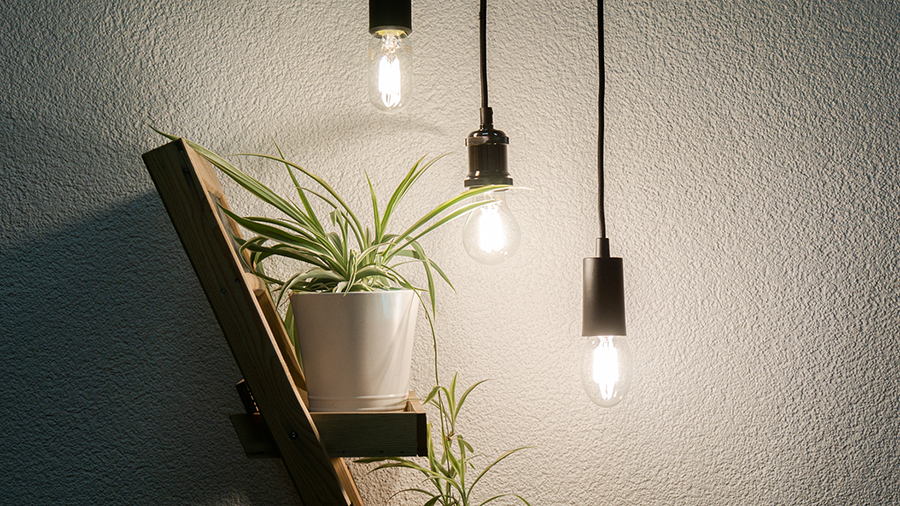
· KELVIN – COLOUR TEMPERATURE
1800 – 3500 Kelvin : Warm light
3500 – 5300 Kelvin : Cold light
ab 5300 Kelvin : Daylight
Depending on the colour temperature, lighting has different properties and effects on people. From cosy, warm and relaxing to stimulating and awakening. Our inner clock plays a major role here. Which light colour is most suitable for which purposes and where the areas of application lie can be read here in the SEGULA blog!

· E – BASE DESIGNATION
The so-called Edison screw bases are standardised and universal. The same applies to S14 and GU pin bases. So you can easily check whether the desired LED lamp is suitable as a 1-to-1 replacement for the old incandescent or halogen lamp. Most LED lamps have these “retrofit” bases to ensure exactly that. An overview of the different LED sockets and the matching lamps can be found here!
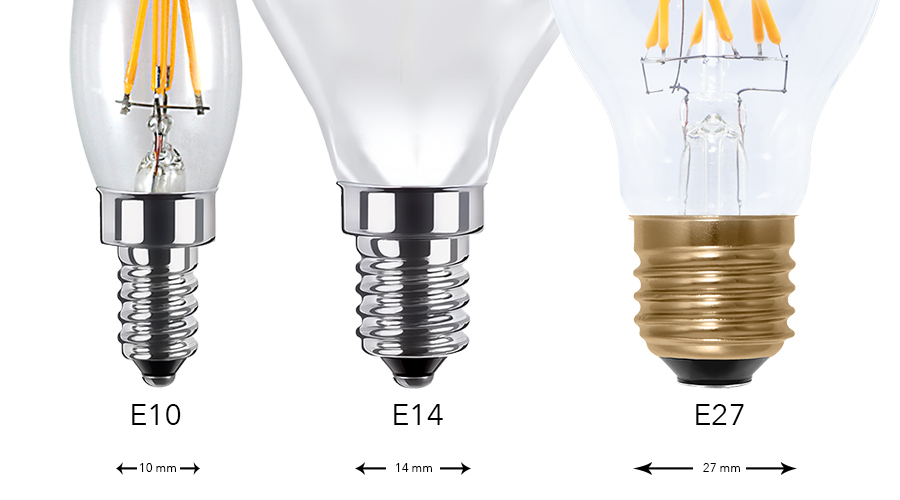
· CRI / RA – COLOUR REPRODUCTION
In some areas, the colour rendering property of lighting plays a major role, e.g. in salesrooms, gastronomy, etc. Sunlight and incandescent lamps with their uniform full spectrum achieve a CRI (colour rendering index) of 100, which means that all spectral colours are present with equal distribution and objects are naturally rendered in the correct colour. LED lamps, however, do not have a continuous spectrum and do not reach the maximum value. With many technical refinements and tricks, however, they can come close. The higher the value, the better the colour rendering of the illuminated object. If natural colour rendering plays a special role, high-quality LED lamps with at least CRI >85 should be purchased.
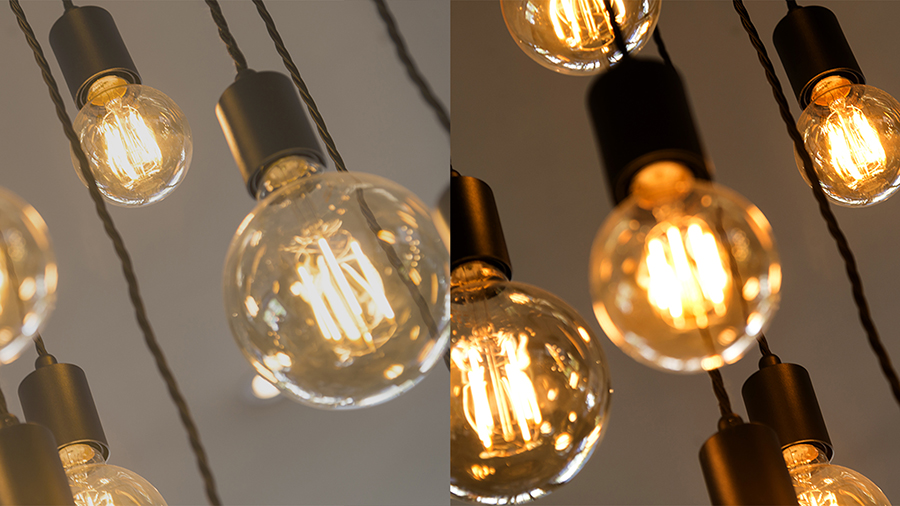
· THE EU ENERGY LABLE
Since September 2021, the energy classes in the illuminant sector have been adjusted to a scale from A to G. Most LED lamps are in the E to G range, which was often A+ and A before. This does not mean that they are bad or inefficient, but simply that there is still a lot of room for improvement in the calculation to create further incentives to work on efficiency and consumption! The label also shows the power consumption in kWh/1000h and a QR code. When this code is scanned, you can access the European database EPREL, where every product is recorded and the exact data can be viewed. This brings transparency to the consumer and ensures that imported products comply with all directives they have to fulfil in the EU.
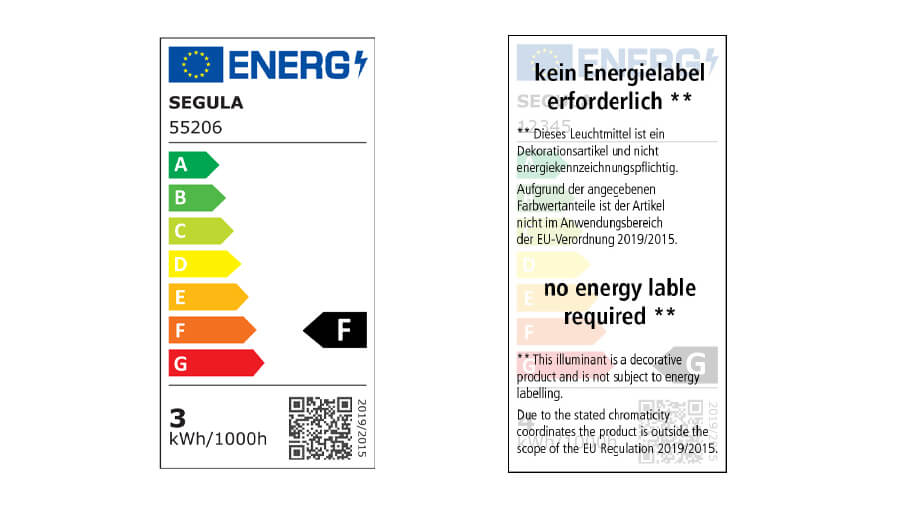
Why are there no labels on some SEGULA LED lamps?
These are decorative items that are not subject to energy labelling. Due to the stated colour value proportions, the articles are not within the scope of EU Regulation 2019/2015.
· DIMMABILITY
Dimmability is not as easy to achieve with LEDs as it is with incandescent or halogen lamps, because they are based on a completely different and more complicated technology. Therefore, when buying a LED lamp, it is important to check whether it is designated as dimmable or not! Furthermore, dimming is not possible with most old dimmers that regulate the voltage of incandescent lamps. To be sure that the dimmer and the LED lamp are compatible, it is best to check and ask in case of emergency. For SEGULA LED lamps, we have a dimmer list here with dimmers we have tested that are compatible with the lamps.
By the way: The majority of the SEGULA range is dimmable, some even with the sophisticated Ambient Dimming technology.
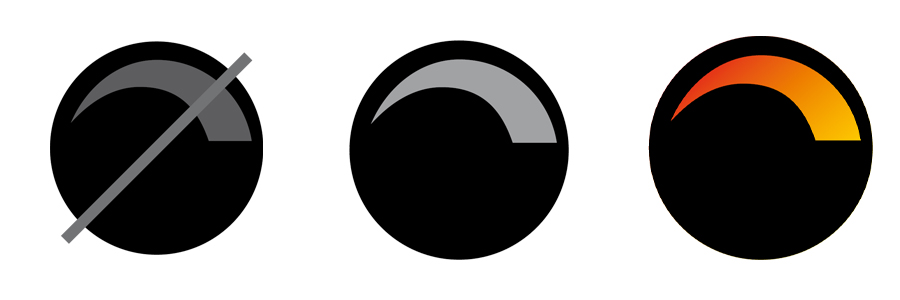
· LIFETIME
The service life of an LED lamp is given in hours and should be at least 15,000 for high-quality LEDs. In addition, the number of switch-on cycles is often given, i.e. how often a lamp can be switched on and off. If used correctly, it takes a very long time until an LED lamp is “broken”! Rule of thumb: in the household (living room, kitchen, bathroom) approx. 1000 operating hours per year. In offices and working environments, the situation is a little different, with approx. 2400 hours per year.
Fact: Even when an LED has reached the end of its life, it does not mean that it goes dark. The end of life is reached when the amount of light emitted is less than 70% of what it was when new!
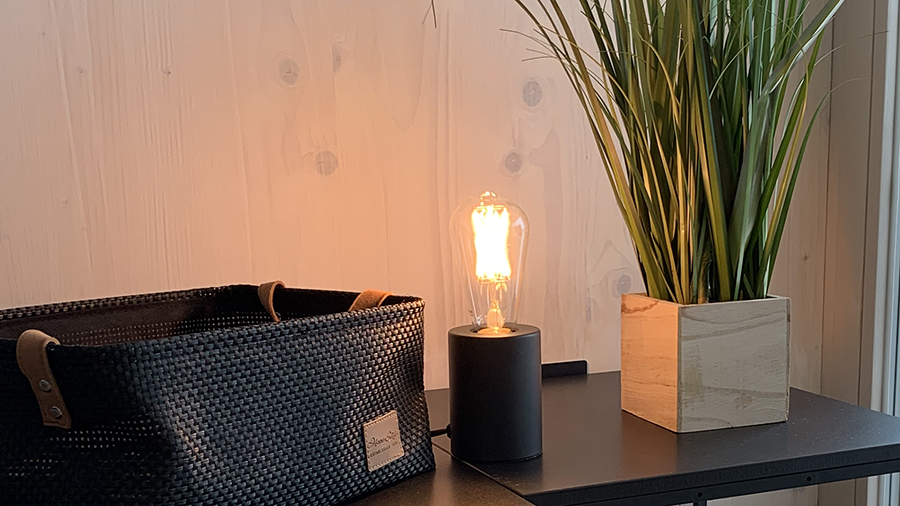
We have compiled further explanations and technical symbols on LED packaging in an article here.